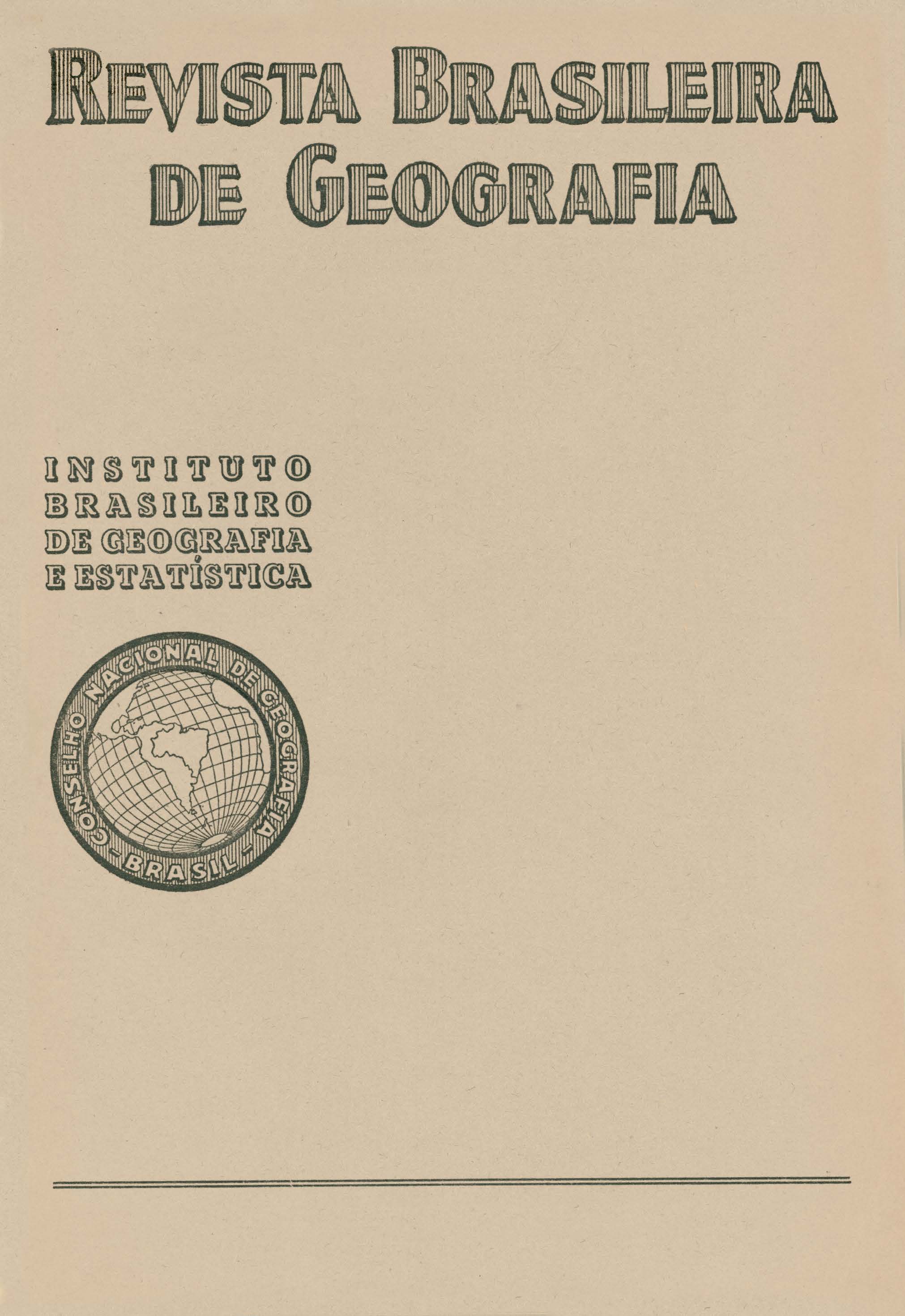Civilização do açúcar no Brasil
Resumo
Mr. Gileno Dé Caril, chief of the Section of Economic Studies of the Alcohol and Sugar Institute, author of several specialized works dealing with sugar cane and sugar, from its historical rôle to its social and economic geography, sets forth In this paper a conspectus of the civilising function of sugar cane in Brazil.
From the beginning he shows, through the economical history of Brazil, up to what point sugar exerted a guiding influence in the country's destiny, which suffered this influence ever since sugar cane found a home in the northeastern littoral, endeavouring intensively to set up primitive crushing plants on the banks of the rivers of the State of Pernambuco.
Under the spell of surch an influence in the economic and social destinies of that region, the author gives a description of the foundation of the land ownership régime; of the manner of .the formation of immense landed estates, chiefly those under sugar cane. The strife among the crushing plants and, later, the tremendous struggle between the modern mill. and the primitive ones and, more recently still, the fight waged by the big mill against the small, all these are items which he focuses with a wealth of detail.
Within this régime of land ownership Mr. Caril unfolds the human panorama of agricultural labour. First slave labourer, then the illusory feeling of freedom. The data on the standard of living of the agricultural labourer are alarming indexes. He delves into minute calculations of output and intake of calories "per capita", after an inquiry made among the labourers themselves. This budget of food ls dependent upon another point tackled, namely that of the rural wages.
In his studies of the economics and geographical economy of the sugar regions he investigates the primary causes of the stagnation of the classic sugar cane region of the country, the Northeast. Here he discovers what he adequately calls the "Imperialism of the soft cane" (butter brand) as the baste reason for routine. This brand of cane was a variety obtained by a Pernambuco mill master by backward methods, before the modern experimental sugar cane nurseries in the whole world took the question seriously.
At first the soft" cane substituted very .well the Cayenne species, attacked by gonosis. By .adequate reproduction the variety degenerated and, today, it no longer corresponds either in wealth or yield to the needs of modern agriculture. In the Northeast the planters, however. accustomed to the old variety, are stubborn to the change. Hence the imperialism of this species being the cause of the empoverishment of the old sugar cane regions.
In 1923 there appeared in S. Paulo a disease of the cane of great virulence, namely the "mosaic". it was responsible for a alteration in the sugar picture of the country. In the South it made the planters renew the crops changing over to the noble species, the Javanese. This only happened in the South of Brazil. In the Northeast the soft cane still continued. This zone was faced with a great danger, the shifting of the axis of sugar cane production In Brazil from the North to the South.
Another point taken up is what the author calls the Paulista phenomenon. How the State of S. Paulo became a large producer; what was its technique of work and how it managed advantageously to place the southern colonist against the northeastern sugar cane supplier, the old Master of the Mill.
To finish with Mr. Gileno Dé Carli offers a solution to the drought problem. in the hydraulic policy, so that the question: "What is the historic destination of the Northeast?", need never .be asked again.






